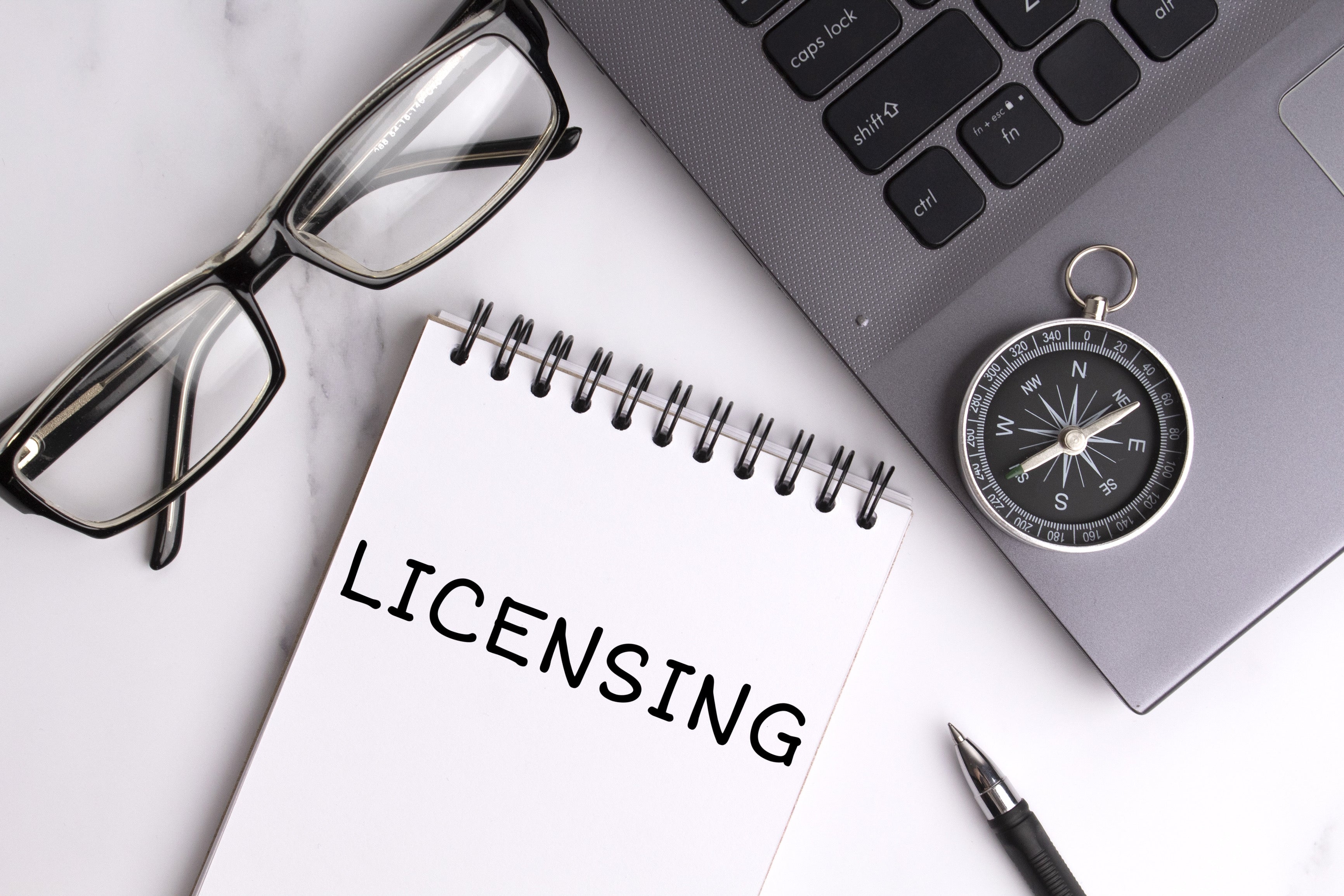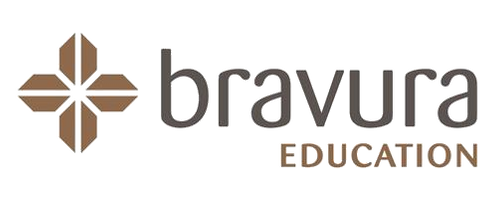
How do I get a laser licence in Queensland?
Cosmetic Trainee Licence from Queensland Radiation Health
You need a trainee licence if you have never used laser before. This allows you to operate a laser under supervision while you learn to use it.
You only need four things to get this and they all need to be certified copies.
- Identification
-
Infection control qualification. This will be in your beauty qualification or AHPRA registration. If you have neither of those, we have a link to the course approved by Queensland Health for you for FREE in our Laser Safety Online Course (Cosmetic)
-
Complete the Laser Safety Online Course (Cosmetic) (ED-256)
-
Completion of laser application training specifically related to the cosmetic procedure proposed to be undertaken. Bravura Education provides modules on skin rejuvenation (pigmentation/resurfacing), su
perficial capillary reduction , hair removal and tattoo removal, all of which address the following:- Client consultation and health history
- Common aesthetic presentations
- Clinical presentation
- Pretreatment preparation
- Absolute and relative contraindications
- Skin assessment and skin cancer
- Consent to treatment
- Realistic expectations
- Safe work and laser safety auditing
- Policy and procedures
- Managing common side effects
- Preventing and managing adverse outcomes
- Burns first aid
- Fitzpatrick skin phototypes
- Test patch
- Financial consent
- Developing a treatment plan
- Selecting the appropriate device
- Therapeutic parameters
- How to treat safely and effectively
- Post care advice
-
Application fee.
Once you have your trainee licence you can gain competency with your supervisor to then go onto a full licence that allows you to operate independently and be responsible for your own clinical practice.
Log Book Hours and Competency Assessment
Identify and have an arrangement with a person who holds an unrestricted Queensland license for the procedures you would like to be deemed competent for and ask them to be your supervisor/mentor.
Under the supervision of a full Qld licence holder you will need to perform the following under direct supervision (depending on what treatments you'd like to do). This is usually someone in your workplace. These hours are indicative not mandatory:
- 25 hours for hair removal
- 50 hours for skin rejuvenation
- 50 hours for superficial vascular lesion treatment
- 75 hours for superficial pigmented lesion treatment
- 100 hours for tattoo removal
Maintain a log book of all the procedures you perform that is signed by your supervisor/mentor.
Full User Licence from Queensland Radiation Health
When you have completed your log book your supervisor/mentor then signs you off with a Trainee Cosmetic Laser Operator – Statement of Competency which you submit to: Radiation_Health@health.qld.gov.au along with this form. This is your application for a full licence. Once you are successful in this, you are ready to perform treatments autonomously according to the conditions on your licence.
Laser Training, IPL, LLLT, Laser Safety Course, Laser Safety Training, Laser Online, Laser Safety Officer Certificate, LASER HAIR REMOVAL course, LASER certificate, Laser Tattoo Removal course, Queensland, Tasmania, Western Australia, NSW, accredited APHRA CPD, nurses, laser ipl, doctor, beauty therapist, dermal therapist, laser therapist, laser course, Sydney, Brisbane, Melbourne, laser safety course. Low level laser
Post Disclaimer
This blog post has been vigilantly researched and fact checked to ensure that it is accurate, reliable and up to date. You must keep in mind that errors and omissions may occur and that we welcome any feedback or corrections in this regard. We encourage you to do your own research to verify the accuracy and contemporary nature of the information presented.
